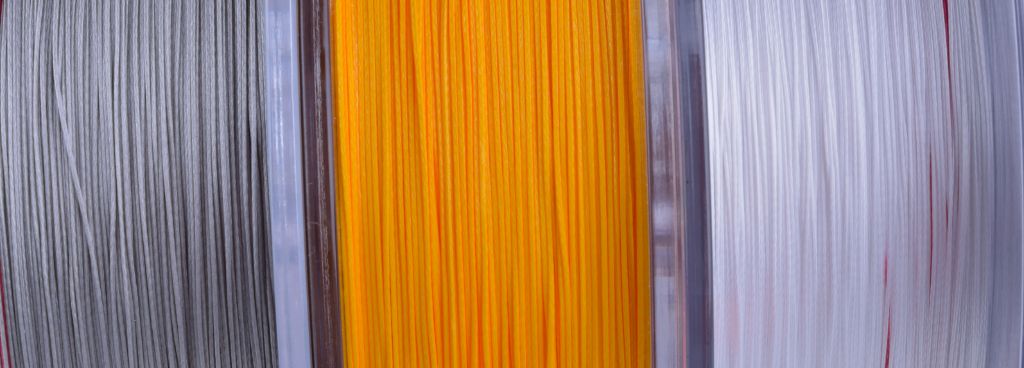Stories Worth Reeling In...
Last Updated on October 19, 2023
Cutting braided fishing lines can be a challenging task for many anglers. Its unique composition and durability make it resistant to conventional cutting methods. However, mastering the right techniques is crucial for seamless fishing experiences.
In this comprehensive guide, we will explore reliable and effective methods to cut braided fishing lines, ensuring clean and precise cuts every time. Let’s dive in and discover the secrets to mastering this essential skill.
Table of Contents
A braided fishing line is popular among anglers for its unique characteristics and advantages on the water. Its high strength and sensitivity are ideal for various fishing techniques and conditions.
Unlike monofilament, it is composed of multiple strands of synthetic fibers tightly woven together, the braided fishing line offers exceptional durability and abrasion resistance. Unlike the monofilament line, it has minimal stretch, providing anglers with increased sensitivity to detect even the slightest bites.

However, these very characteristics that make braided fishing lines desirable also pose challenges when it comes to cutting them. The tightly woven fibers and lack of stretch contribute to their exceptional strength, making them resistant to traditional cutting methods. Its thickness further adds to the difficulty anglers face when attempting to achieve clean and precise cuts.
Here, we will explore the various tools commonly used by anglers for this task, weighing their pros and cons to help you make an informed decision.
Mastering the right cutting techniques is essential for cleanly and efficiently cutting braided fishing lines. Here are the step-by-step instructions for different cutting methods, ensuring you have the knowledge and skills to tackle this task with confidence.

Braid is more resistant to abrasion than monofilament. Another advantage of a braid is that it does not degrade when exposed to UV light. This means it will outlast mono on the shelf as well as on your reel. Whether you use it or not, mono deteriorates on your reel and may only last a season.
Regardless of the cutting method you choose, proper hand positioning is crucial. Hold the line firmly to create tension, allowing for a more controlled and precise cut. Apply consistent pressure throughout the cutting process to ensure a clean and efficient cut.
To prevent fraying and maintain line integrity, consider these tips:
You can use knots like the Albright knot, the double Uni knot, or specialized connectors like swivels or snaps to join braided line to monofilament or fluorocarbon leaders. Choosing the right knot depends on the specific connection you need.
The braided line doesn’t require extensive maintenance. However, it’s a good practice to inspect your line for wear and damage after each fishing trip. If you notice any issues, consider replacing the section or the entire line.
Yes, braided line is suitable for saltwater fishing. It’s highly resistant to saltwater corrosion and offers the strength needed for tackling larger and more powerful saltwater species. Be sure to rinse your gear thoroughly with freshwater after saltwater use to prolong the line’s lifespan.
I encourage you to put these techniques into practice and utilize the recommended tools to achieve clean and precise cuts when working with braided fishing lines. Mastering the art of cutting braided lines will enhance your overall fishing experience and contribute to seamless angling adventures.
In the end, it’s your skill, precision, and attention to detail that will make the difference. Happy fishing!